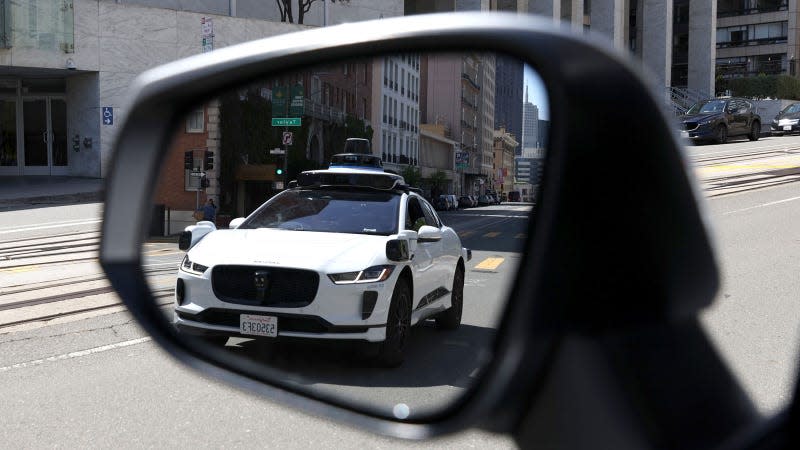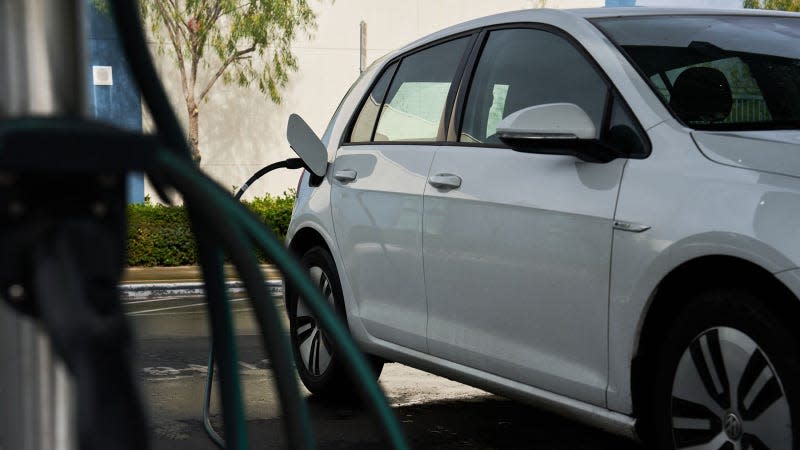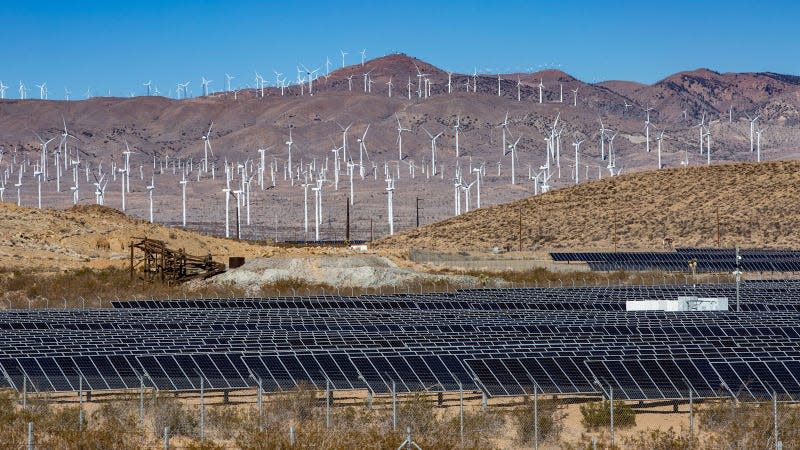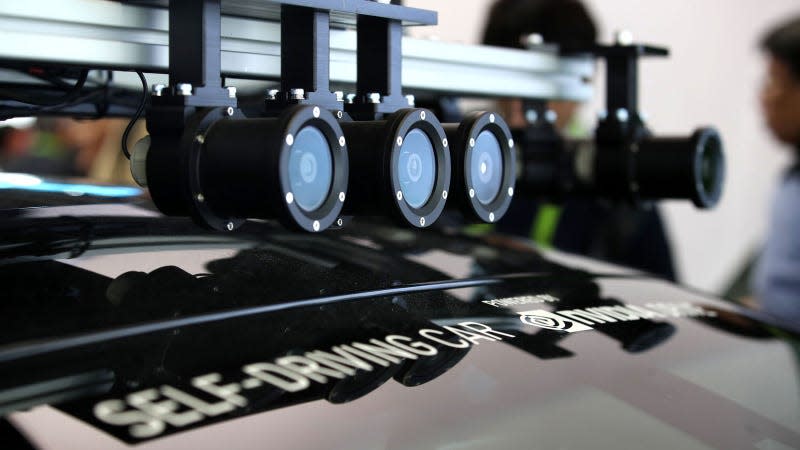Self-Driving Cars Will Be Awful for the Planet

Self-driving cars are sneaking up on us like all of life’s other problems.
If you ask some people, electric cars that can drive themselves around town will be the savior of the world. They’ll cut out traffic accidents because there’s no way an autonomous vehicle could ever go rogue, and their electric motors will dramatically cut emissions from our journeys. But, it turns out there are a whole load of ways in which the self-driving part of these miracle vehicles could actually be awful for the planet.
According to a team of researchers from the Massachusetts Institute of Technology, there are a few different ways that self-driving cars might actually be bad for the environment. First up, as DeZeen reports, there’s all the energy needed to power the computers that run these machines.
Read more
A paper titled Data Centers on Wheels: Emissions From Computing Onboard Autonomous Vehicles was recently published by the Institute of Electrical and Electronics Engineers. In the paper, scientists from MIT investigated the amount of energy required to run the on-board computers that power self-driving cars.

Most self-driving cars out there today are also EVs.
The researchers calculated that one billion self-driving cars around the world would produce around 0.14 gigatons of greenhouse gas emissions per year if they each drove for one hour every day. For context, there are estimated to be 1.45 billion cars around the world today, so if everyone switched to a self-driving car the emissions would be much greater. DeZeen reports:
“With growing adoption, these emissions could spiral unless computing power is made more efficient at a significantly faster pace, determined the study, which used statistical modeling to test several possible future scenarios and found this to be true in over 90 per cent of cases.”
To reach this conclusion, the team from MIT analysed the possible numbers of autonomous cars around the world, the power used to run the computers in such cars and the amount of greenhouse gasses emitted per unit of electricity required.
The researchers built their model around four variables: the number of vehicles in the global fleet, the power of each computer on each vehicle, the hours driven by each vehicle and the amount of greenhouse gasses emitted per unit of electricity produced. DeZeen adds:
“The high emissions are the result of the huge computing workload placed on each self-driving vehicle. The researchers’ modeling assumes that the vehicles use a similar algorithm to what is popular today – a multi-task learning deep neural network, so called because it can perform many tasks at once.
“The study gives the example of an autonomous vehicle with 10 deep neural networks processing images from 10 cameras. If it drove for one hour a day, that vehicle would make 21.6 million daily inferences, in which the algorithm applies logical rules to analyze new information.”

Pivoting to renewable energy would help things.
Obviously, the big caveat with this research is that those emissions will reduce as more countries switch to cleaner means of generating electricity. But, as wind and solar plants slowly come online, we’ll still be reliant on coal and gas plants to keep our autonomous EVs running for the time being. Well, unless fusion power quickly takes off.
But, there’s actually more to this problem than just the energy needed to make a self-driving car work. That’s because there’s a theory running that widespread adoption of self-driving cars will actually make people use their cars more than they do now, cutting down the number of journeys taken on cleaner means of travel like the train. According to Fast Company:
“A 160-year-old theory of human behavior suggests it will compel people to drive much more than they otherwise would have, generating emissions as they go. Importantly, that will be true even if AVs are also EVs, running on electric power rather than gasoline.
“Although EVs emit no tailpipe emissions, they still produce greenhouse gas through the generation of electricity needed to charge their batteries, as well as from their manufacturing processes.”

It takes a lot of electricity to run all these cameras.
This pattern, the site argues, is one that can be traced back through the decades. When coal power stations became more efficient, it didn’t cut our global emissions and instead we just made more power using coal. It’s the same story on our roads, if you widen a highway to ease traffic you’ll simply end up causing even more traffic.
We as people will always want to use what we have to the extremes. So yes, if you have a supposedly clean, self-driving car then you’re going to use it more and more instead of taking the train, bus or even bike for shorter journeys that don’t require it.
More from Jalopnik
Sign up for Jalopnik's Newsletter. For the latest news, Facebook, Twitter and Instagram.

 Yahoo Autos
Yahoo Autos 